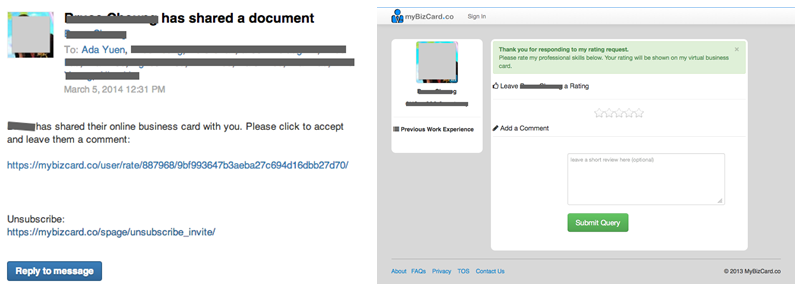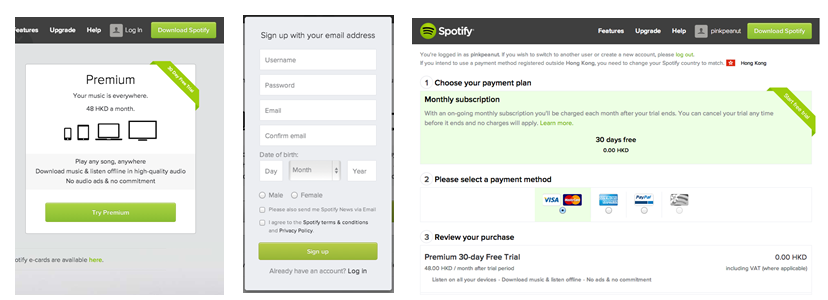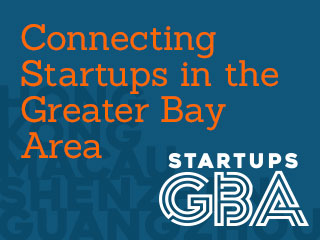
This is a guest post from senior usability consultant Ada Yuen and she examines what Dark Patterns mean from the end user and business owner point of view.
According to DarkPatterns.org, Dark Patterns are “a type of user interface that appears to have been carefully crafted to trick users into doing things – such as buying insurance with their purchase or signing up for recurring bills.” Although Dark Patterns might improve KPIs in the short run, Ada says that it will damage your company’s reputation and eventually your business in the long run.
#1 Opt Out, Not Opt In
Checkbox options are usually for people to ask the websites to do some (additional) things for them. For example, “Please send me the newsletters”, “Please remember my password”. People don’t read web pages carefully. Therefore, I thought that if I didn’t check or uncheck the checkboxes on the web forms, I would be safe or I won’t request for (additional) things by mistake.
I was wrong obviously. Take a look at the Hong Kong Trade Development Council (HKTDC)’s Visitor Pre-registration form above. It is for people all over the world to pre-register for the government statutory body’s trade shows. The checkbox options are for the registrants to opt out of receiving HKTDC’s promotional materials, and to opt out of listing in HKTDC’s business-matching database.
#2 Don’t List Out Important Requirements Upfront
Another trick example comes from Spotify. Spotify lets people try its Premium service for free. I looked at the information on the homepage and the signup form carefully before clicking on the Submit buttons. (Tried not to make the mistake as shown in Example #1, right? Plus, submitting my date of birth was a big decision :P) I was very surprised to find out that to try Spotify’s Premium service, I had to provide my credit card information. I did not complete the signup procedure, but Spotify had already obtained my email address and date of birth.
I consider the Premium service signup process to be deceiving. People would not expect that they would need to give out their credit card information in order to get a free service. Spotify should inform people of the credit card requirement upfront. Better still, the company should not ask for the credit card information until people sign up the Premium service at the end of the trial period.
#3 Giving Rating Becomes Requesting For Rating

The third example comes from MyBizCard. One day, a client of mine sent me a LinkedIn message. It asked me to accept his online business card and leave a comment. I clicked on the link in the message, gave my comment and clicked the Submit button. The next step was to connect to LinkedIn, and I followed.

Then, the nightmare came. MyBizCard invited my connections on LinkedIn to rate me, without my permission!
Dark Patterns
Go to DarkPatterns.org to see other Dark Patterns examples. It has examples from Hotels.com, KiJiJi, and AVG, etc.
Ada Yuen on Startbase.HK: Ada Yuen
AddiThink on Startbase.HK: AddiThink




